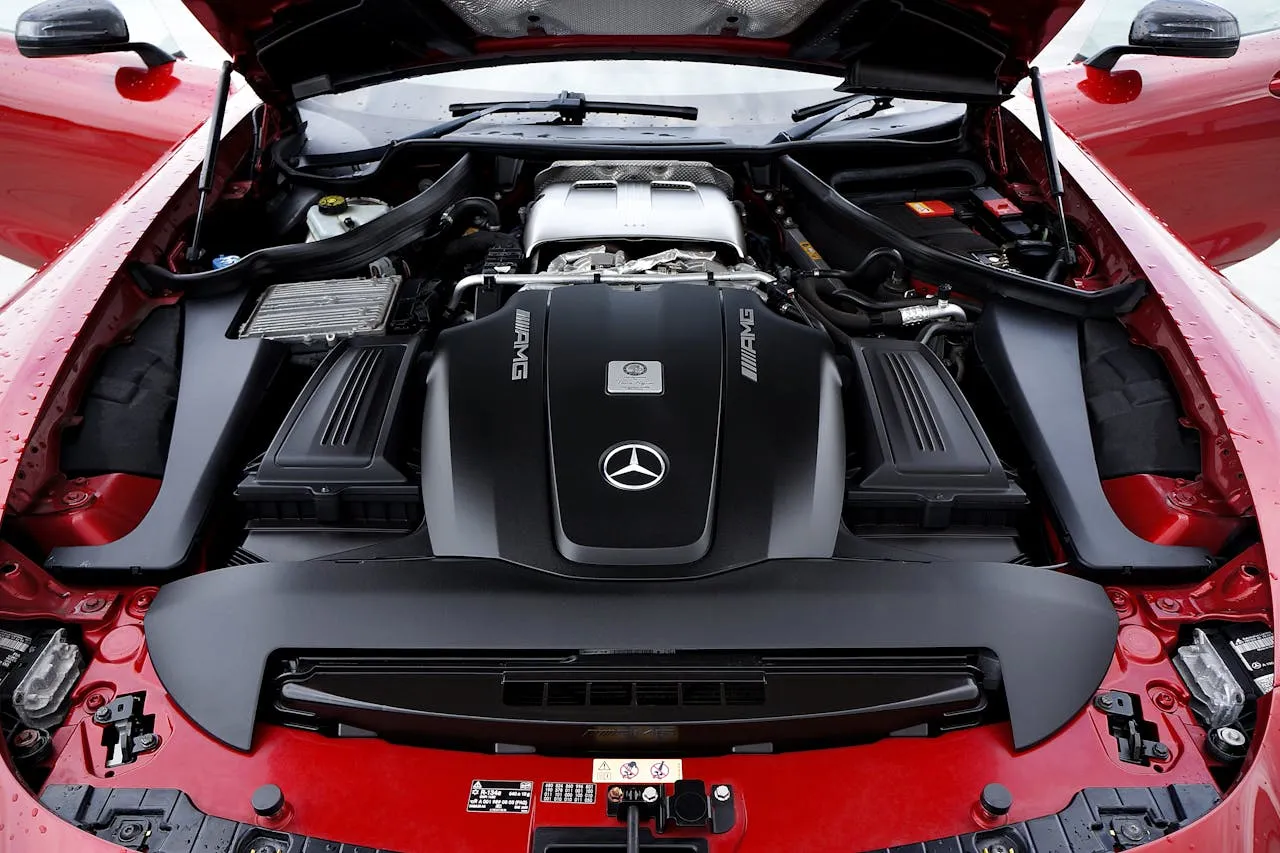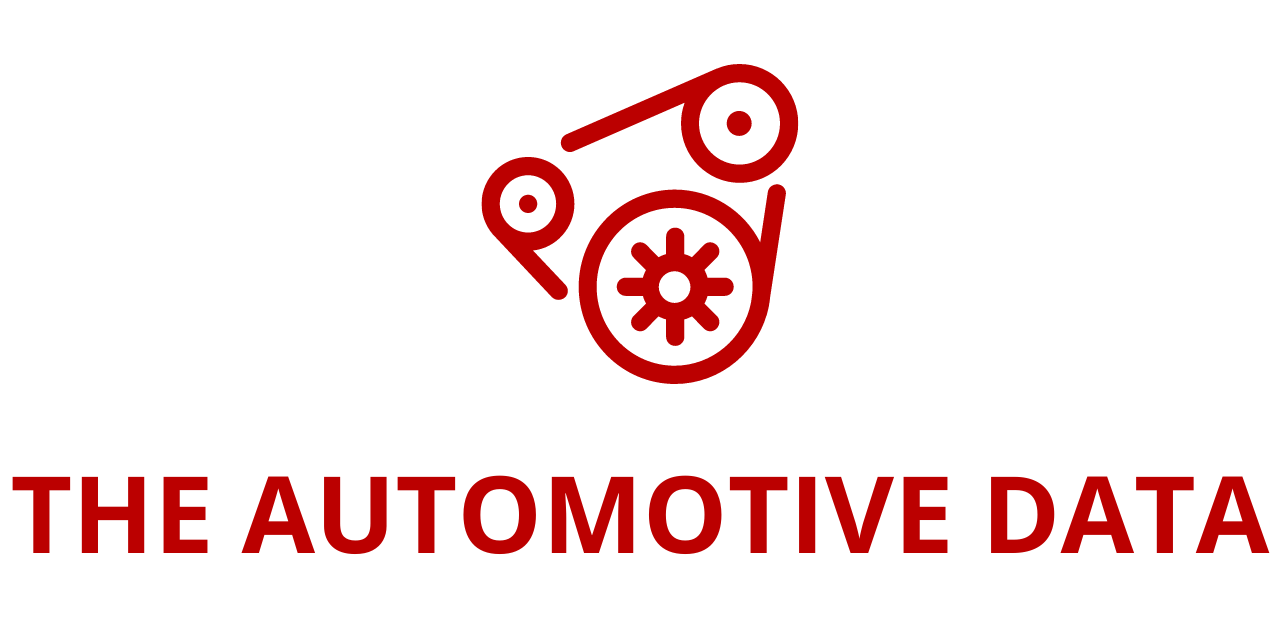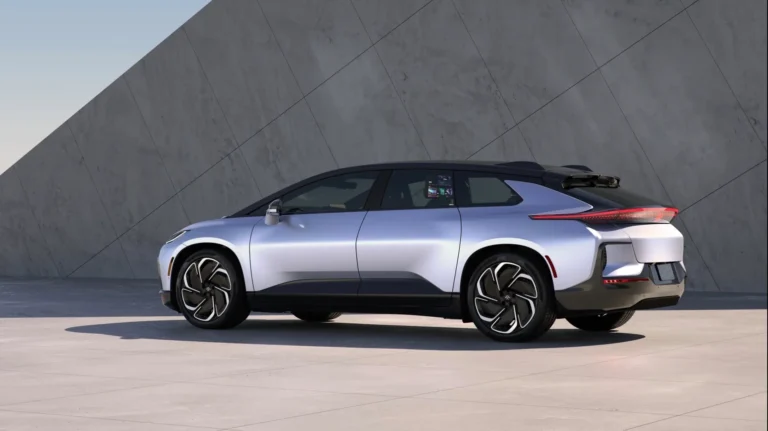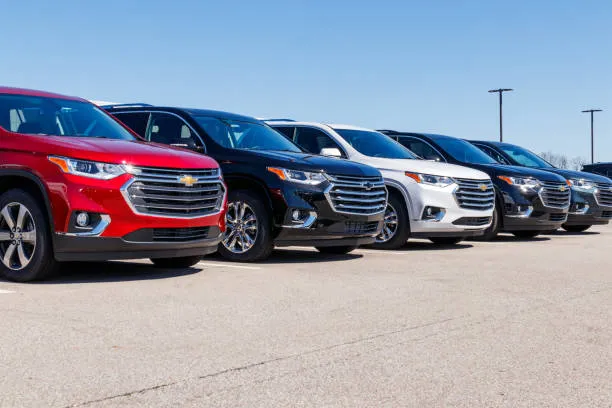
Global Auto Parts and Accessories Market Set to Reach $2.4 Trillion by 2030 Amidst Technological Advances and Consumer Trends
The global automotive parts and accessories industry is undergoing a period of steady and transformative growth, driven by a confluence of factors including technological innovation, evolving consumer preferences, and the sustained rise of vehicle ownership across emerging and developed markets. According to the newly released “Auto Parts and Accessories – Global Strategic Business Report” by ResearchAndMarkets.com, the market was valued at approximately USD 2 trillion in 2024 and is projected to climb to USD 2.4 trillion by 2030. This growth represents a compound annual growth rate (CAGR) of 2.8% over the forecast period.
This extensive report delivers an in-depth strategic analysis of the industry, encompassing global market trajectories, emerging technologies, regional opportunities, and the competitive landscape across the original equipment manufacturer (OEM) and aftermarket segments.
A Pillar of the Global Automotive Ecosystem
Auto parts and accessories form a critical backbone of the broader automotive sector. This diverse market includes everything from driveline and powertrain components to interior, exterior, electronic, chassis, wheel, and tire systems. It services a wide spectrum of vehicle types—including passenger cars, commercial trucks, two-wheelers, and heavy-duty vehicles—and operates through both OEM channels and the dynamic aftermarket sector.
OEM parts are produced either directly by vehicle manufacturers or under strict licensing agreements and typically ensure seamless compatibility and performance with the parent vehicle brand. In contrast, aftermarket components are manufactured independently and offer a broader range of features, price points, and performance levels. These products are widely favored by consumers looking for customization, cost savings, or enhanced performance.
Accessories, meanwhile, encompass a variety of enhancements—ranging from infotainment upgrades and advanced driver assistance systems (ADAS) to aesthetic improvements like alloy wheels and custom upholstery. Together, parts and accessories are instrumental not only in repair and maintenance but also in delivering personalization and extending the functional life of vehicles.
Growth Catalysts: What’s Powering Market Expansion?
Several core trends are underpinning the expansion of the global auto parts and accessories market:
- Increasing Average Vehicle Age
As vehicles remain in service longer—particularly in North America, Europe, and parts of Asia—the need for regular maintenance and part replacements rises. This aging vehicle fleet sustains demand for a wide array of replacement components, especially within the aftermarket. - Economic Recovery and Urbanization
Post-pandemic economic recovery in multiple regions has rejuvenated consumer purchasing power. Combined with ongoing urbanization, particularly in developing markets, this is fostering increased vehicle ownership and, by extension, auto parts consumption. - Online Retail Growth
The rise of e-commerce platforms has significantly enhanced access to automotive components. From replacement parts to performance upgrades, digital marketplaces are making it easier for consumers and workshops alike to source, compare, and purchase components globally—often with real-time delivery tracking and user reviews. - Customization and Lifestyle Upgrades
A growing consumer inclination toward personalizing vehicles is fueling demand for accessories and performance parts. This includes everything from high-performance brake systems and sport exhausts to ambient lighting kits and ergonomic seat modifications.
Technology: A Key Market Disruptor
The role of technology in reshaping the auto parts landscape cannot be overstated. Advances in material science, manufacturing methods, and connectivity have ushered in a new era of precision and innovation in component design and production.
- 3D Printing and Additive Manufacturing
3D printing is rapidly being adopted for prototyping and limited-run production, offering benefits such as lightweight construction, reduced tooling costs, and quicker design-to-production cycles. This is especially valuable in motorsports, luxury vehicles, and custom retrofits. - IoT and Smart Components
Internet of Things (IoT) integration is elevating traditional parts into smart systems capable of real-time diagnostics, usage monitoring, and performance optimization. Sensors embedded in tires, brakes, and engines can communicate data back to vehicle systems or cloud platforms, facilitating predictive maintenance and enhanced safety. - Augmented Reality in Retail and Repair
On the consumer and workshop side, AR is emerging as a tool for improved part identification, installation guidance, and interactive troubleshooting, particularly in complex repairs.
Consumer Trends Reshaping the Market
Modern automotive consumers are increasingly sophisticated and value-conscious. Several trends are influencing their purchasing decisions:
- Sustainability and Eco-Conscious Products
As environmental awareness grows, so does demand for sustainable products. This includes recycled materials, remanufactured parts, and components that boost fuel efficiency or reduce emissions. - Electrification
The surge in electric vehicle (EV) adoption is reshaping demand across the component spectrum. EV-specific parts—such as battery systems, high-voltage cables, inverters, and regenerative braking components—are becoming critical to the growth strategy of suppliers. - DIY Culture
Empowered by online tutorials and forums, a growing number of vehicle owners are undertaking their own maintenance and modification tasks. This do-it-yourself trend is particularly strong in North America and is boosting sales of tools, kits, and user-friendly parts.
Regional Insights: Where the Growth Is Happening
The report highlights significant regional variation in market performance and growth trajectories:
- United States
With a market size of USD 551.3 billion in 2024, the U.S. remains a dominant force in global auto parts consumption, driven by high vehicle ownership rates and a robust aftermarket culture. - China
China is forecast to grow at an impressive CAGR of 4.8%, reaching USD 472.5 billion by 2030. This is attributed to strong domestic vehicle production, a rapidly growing EV market, and increasing consumer expenditure on customization and tech upgrades. - Europe and Japan
Markets such as Germany, France, and Japan continue to emphasize OEM excellence, sustainability, and precision engineering, with stable demand for high-quality components. - Emerging Markets
Countries across Southeast Asia, Latin America, and the Middle East are experiencing rising motorization rates, making them attractive frontiers for market expansion, especially in affordable aftermarket offerings.
Segment Performance: Driveline, Interiors, and More
Among the product segments, driveline and powertrain parts are projected to achieve the highest growth, with a CAGR of 3.3%, reaching USD 736.2 billion by 2030. The interiors and exteriors segment is expected to grow at 2.4% CAGR, reflecting consumer interest in both functional and aesthetic enhancements.
Demand for electronic components—especially ADAS systems, infotainment modules, and energy-efficient lighting—is also on the rise, driven by the shift toward autonomous and electric mobility.
Competitive Landscape: Global Leaders and Innovators
The report profiles nearly 500 key market players shaping the competitive dynamics of the auto parts sector. These include established giants and innovators such as:
- Aisin Seiki Co., Ltd.
- Autoliv, Inc.
- BASF SE
- BorgWarner, Inc.
- Continental AG
- Denso Corporation
- Faurecia
- Lear Corporation
- Magna International, Inc.
- Robert Bosch GmbH
- Valeo Group
- ZF Friedrichshafen AG
These companies are leveraging digital transformation, sustainability initiatives, and global distribution networks to strengthen their market positions.
Why This Report Matters
With 742 pages of detailed market data, forecasts, and company profiles, this report provides business leaders, investors, and industry professionals with:
- Strategic insights into global and regional trends
- Competitive intelligence across market segments
- Actionable recommendations for market entry and expansion
- Complimentary one-year updates for ongoing relevance
As the automotive landscape evolves—with electrification, digitalization, and consumer empowerment at its core—the global auto parts and accessories industry is well-positioned for dynamic growth and transformation.







